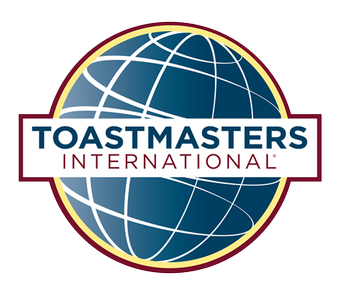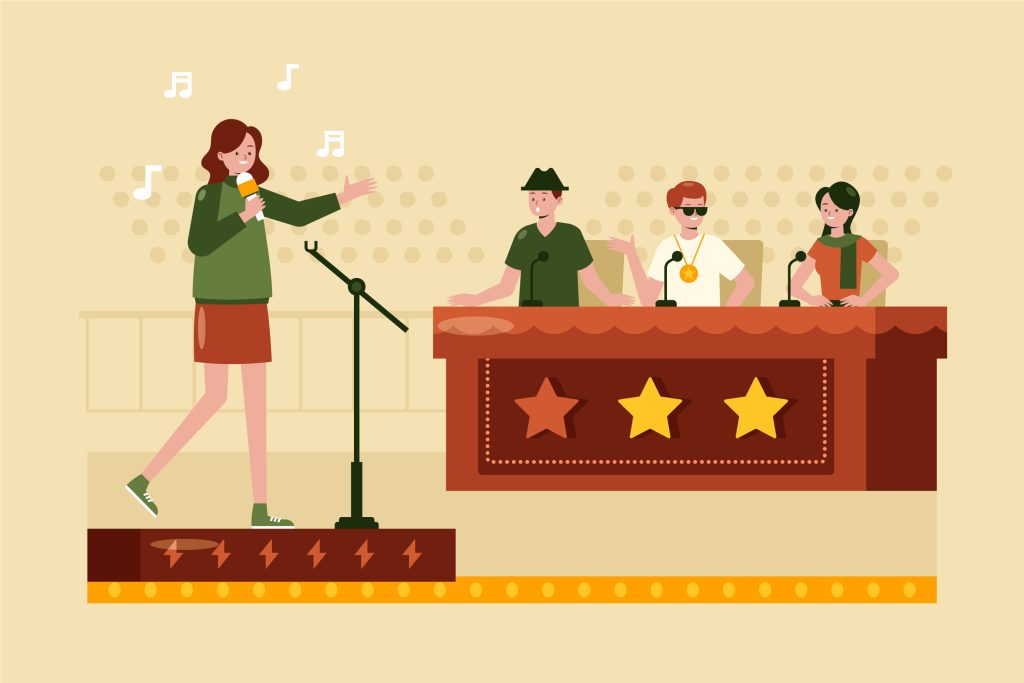Public speaking is often viewed as a daunting, high-stakes activity—one that triggers fear and anxiety for many people. Whether you’re giving a presentation at work, delivering a speech at a wedding, or speaking in front of an audience for any other reason, the pressure to perform can feel overwhelming. But what if there were a way to turn public speaking into something more enjoyable, less stressful, and even fun?
By approaching public speaking as a game, you can transform an anxiety-ridden task into an exciting challenge, fostering both engagement and confidence. The idea of gamifying public speaking—using principles of game design and playful competition—can motivate you to improve your skills, reduce your fears, and, most importantly, make your presentations more engaging for your audience. Here’s how to do it.
1. Start with a Game Mindset: Reframe Your Approach
The first step to turning public speaking into a game is to shift your mindset. Instead of viewing your speech as a one-time performance where everything has to be perfect, think of it as a challenge or quest—something that requires preparation, skill, and strategy, just like any game.
Games are about progress, growth, and overcoming obstacles. When you approach public speaking this way, you see it as an opportunity to level up your abilities. This mindset helps reduce the pressure to be flawless and instead focuses on the journey of improvement. So, before stepping onto the stage, remind yourself that you’re playing the game of public speaking—learning from each experience, improving your performance, and having fun with the process.
2. Set Clear, Achievable Goals
In any game, goals are essential. They provide a sense of direction and accomplishment. Similarly, when preparing for a speech, set clear, measurable objectives for yourself.
These goals can be broad or specific, depending on your personal preferences. For instance, you might decide that your goal is to engage your audience for the first five minutes or to introduce a piece of humor that resonates well. Or perhaps your goal is to speak without relying on notes or to incorporate a new visual element into your presentation.
By breaking down your speech into smaller goals, you can track your progress and celebrate small victories along the way. This sense of achievement keeps you motivated and encourages continued growth. Like leveling up in a video game, each successful public speaking experience gives you the confidence to take on more complex challenges.
3. Add Interactive Elements: Audience Participation as a Game
Games are interactive, requiring players to engage with the environment and other players. Public speaking can also be made interactive by incorporating audience participation. This not only makes your presentation more engaging but also helps you see your audience as collaborators rather than critics.
Here are a few ways to gamify your presentation with audience participation:
- Polls and Quizzes: Use real-time polls or quizzes to involve your audience in your speech. This could be a multiple-choice quiz on the topic of your presentation or an interactive poll using apps like Kahoot or Mentimeter. These tools allow your audience to actively participate, turning the session into a dynamic, engaging experience.
- Challenges and Rewards: Create small challenges for your audience throughout the presentation. For example, ask them to guess the next point you’re going to make or complete a short task related to your topic. Reward correct answers with small prizes or shoutouts, making the presentation feel more like a game show.
- Gamified Feedback: Encourage the audience to give you feedback in a fun, gamified way. Use a “thumbs up” or “thumbs down” system, or ask them to rate the session on a scale of 1-10 at different points during your speech. This immediate feedback can help you adapt and keep the audience engaged.
4. Use Game Mechanics: Points, Levels, and Rewards
Gamifying public speaking isn’t just about audience interaction—it can also be about how you structure your own experience. You can introduce game mechanics, such as points, levels, and rewards, into your preparation and performance.
- Points: Treat different parts of your presentation as “levels” or “tasks” that earn you points as you complete them. For example, if you speak confidently for the first two minutes without looking at your notes, you earn a point. If you engage the audience with a funny anecdote or an interesting statistic, you earn another point. Tracking these “points” can give you a tangible sense of accomplishment and motivate you to improve.
- Levels: Each time you speak in public, think of it as leveling up. Start with smaller, more manageable speeches—perhaps at a family gathering or in front of a small group of colleagues—and work your way up to larger presentations. Each level gives you new skills and experiences that you can build upon, just like advancing in a video game.
- Rewards: Reward yourself for completing a “level” or achieving a goal. Perhaps after a successful speech, treat yourself to something you enjoy, like a nice dinner or a fun activity. This positive reinforcement helps turn public speaking into something you look forward to, rather than something you dread.
5. Use Gamified Visualization Techniques
Visualization is a powerful tool for overcoming anxiety, and you can make it more fun by incorporating game-like elements. Picture yourself in a “virtual” game environment where each challenge you face (nervousness, forgetfulness, etc.) is something you can “defeat” as you progress through the speech.
For example, visualize the audience as characters in a game, each with their own responses (nodding, smiling, or asking questions) as you hit your key “objectives” in the presentation. Imagine yourself moving through levels, gaining experience points as you successfully deliver your message, engage your listeners, and achieve your goals.
6. Embrace Mistakes: Learn from “Game Over” Moments
No game is without its failures, and public speaking is no different. Instead of letting mistakes or slip-ups derail your confidence, embrace them as part of the learning process. In most games, losing isn’t the end—it’s just part of the cycle of learning and improvement.
When something goes wrong in your presentation—whether you forget a point, stumble over your words, or lose track of time—view it as a “game over” moment. Take a deep breath, reset, and move on. The key is not to let mistakes affect your performance negatively but to learn from them, just as you would in any game. Each mistake is a chance to improve for the next “level” or speech.
Now what?
Turning public speaking into a game doesn’t mean trivializing it—it means transforming it into a more dynamic, engaging, and less stressful experience. By adopting a playful, goal-oriented mindset, incorporating audience interaction, and using gamified elements to structure your presentation, you can reduce anxiety and improve your skills. This approach makes public speaking something to look forward to, rather than fear, and ensures that both you and your audience have a memorable, enjoyable experience. So, the next time you step up to speak, remember: You’re not just giving a speech—you’re playing the game of public speaking, and you’re ready to win.










